We’ve all been wearing face coverings every time we leave our homes for what seems like forever now.
For the most part, we’ve gotten used to it, but there are some pesky side effects to this protective measure, including what’s become known as “maskne.” Maskne is acne induced by long-term mask-wearing.
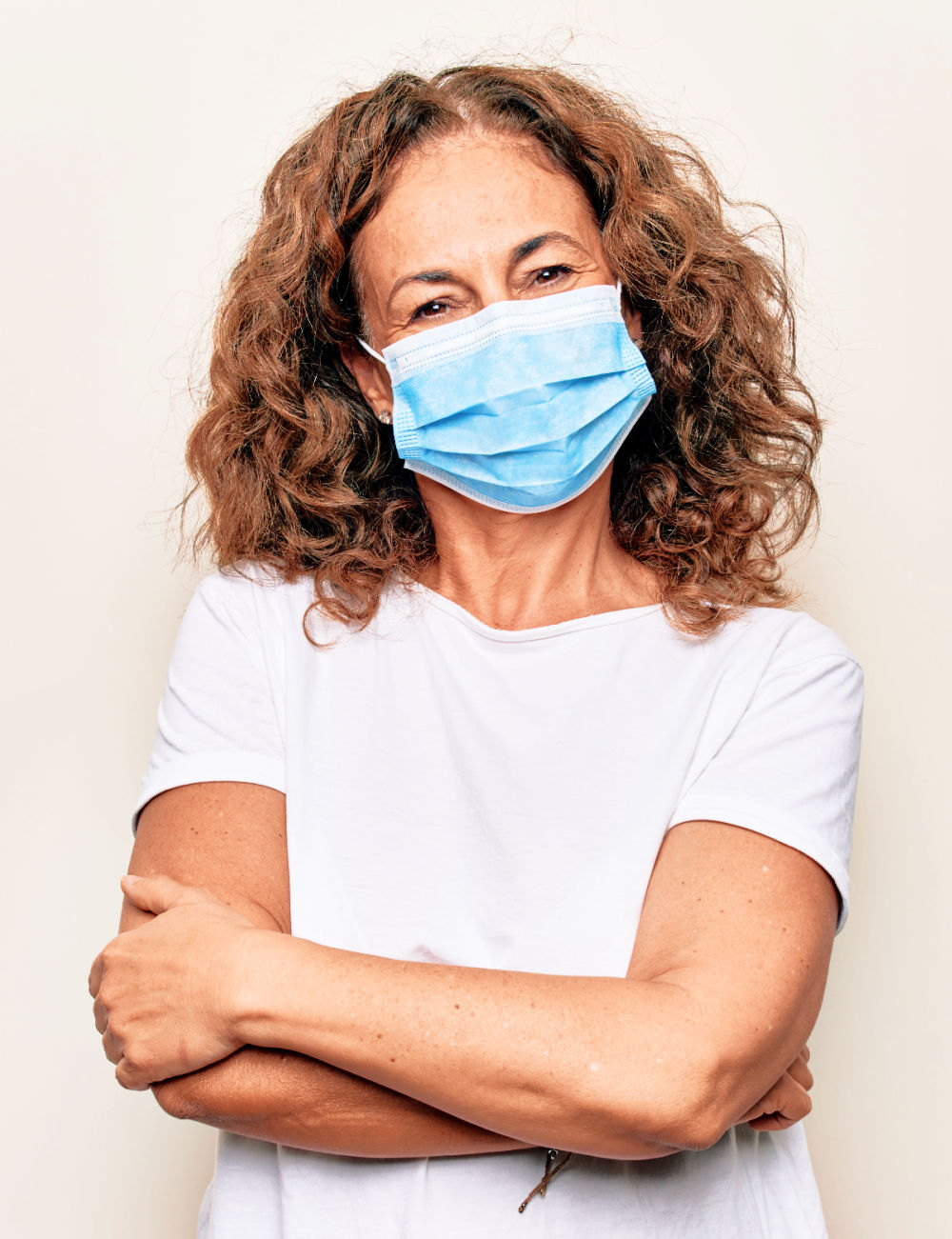
This can be especially frustrating for individuals who wear masks at work all day and it’s harder to cope with in midlife when the skin has become drier and more sensitive.
Acne isn’t all that common in midlife and many acne treatments can exacerbate acne symptoms, so if maskne has taken hold of your face, you may be finding yourself at a loss for solutions.
Midlife skin often requires a different approach, but there are ways to help you handle midlife maskne. Keep reading to learn some practical tips for managing maskne.
Wash masks frequently
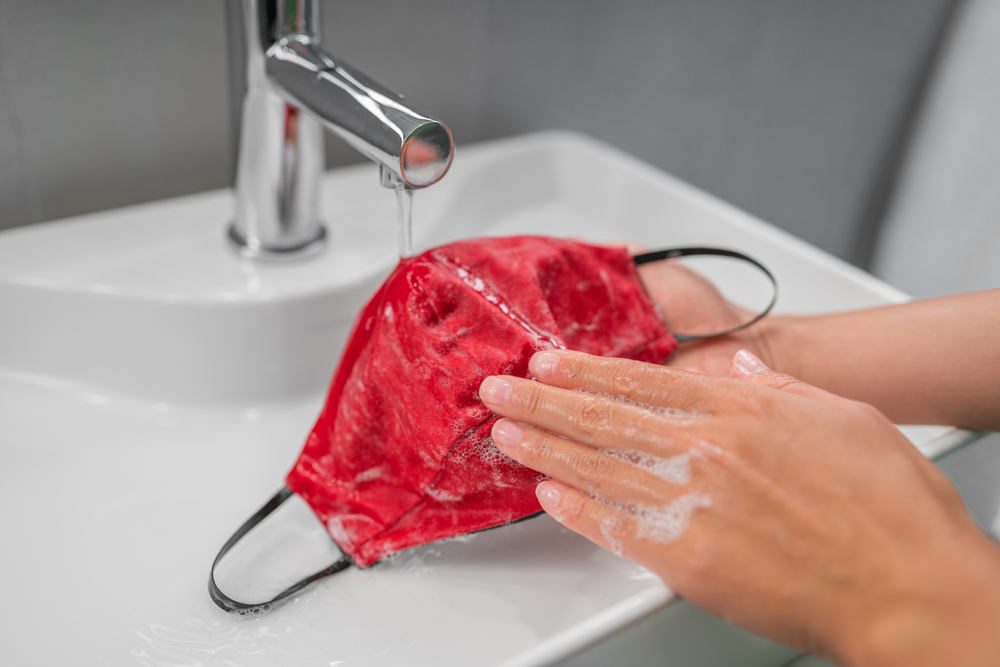
Acne is often caused by bacteria that becomes trapped in the skin which can happen more easily when there’s a mask covering the skin inhibiting airflow.
Not only that, but bacteria from sweat and your breath are just trapped behind the mask. Inevitably, some of that bacteria also get trapped in the cloth of the mask, so washing them and switching them out frequently can be an effective preventative measure.
Don’t reuse disposable masks
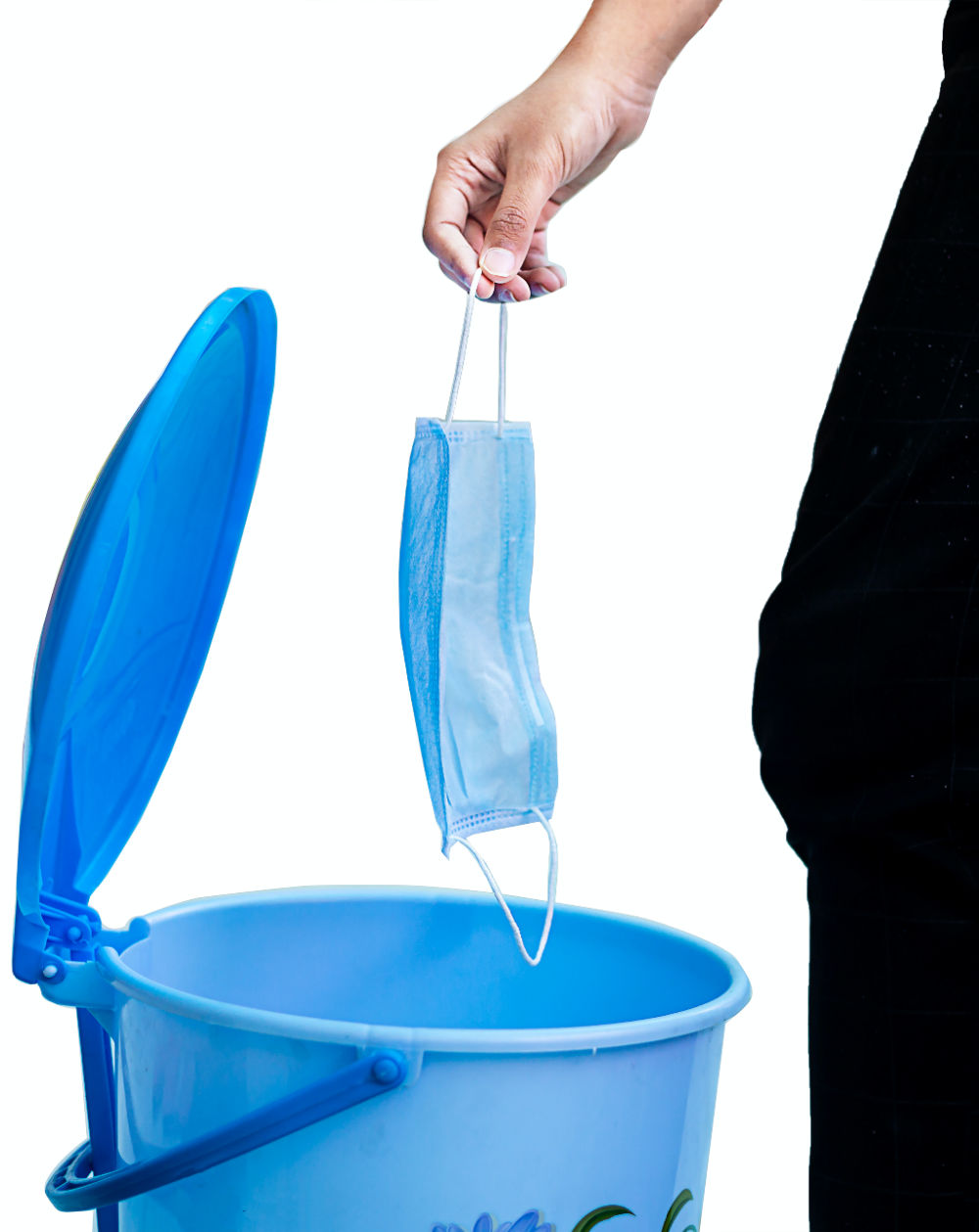
Disposable masks are meant to be thrown out. All masks can trap germs and environmental pollutants, which is why it’s recommended to never reuse disposable masks and to always thoroughly air out and/or wash reusable masks.
Those germs and pollutants can make it impossible to keep your skin clear, so it’s super-important to get rid of them as quickly as possible.
Don’t wash your face too much
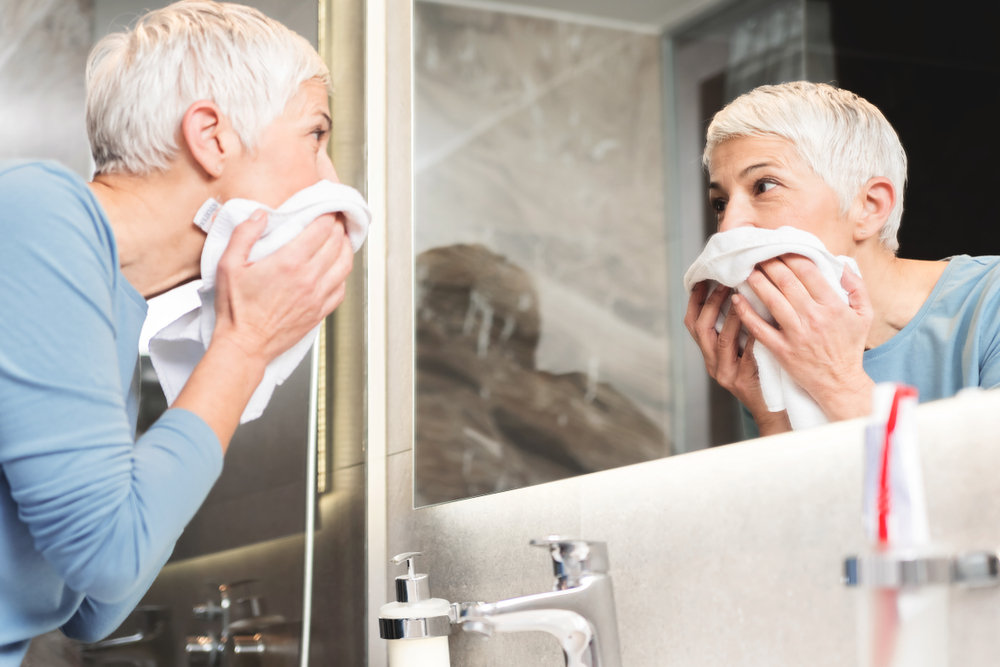
A big part of the issue with masks is that the fabric rubbing on the skin (even gently) can cause friction that leads to breakouts.
But washing your face too often can often serve to cause even more irritation, making the problem worse instead of better.
In most cases, there’s no need to ramp up your use of facial cleansers, toners, and masks, and doing so could even prove problematic.
Consider skipping the makeup
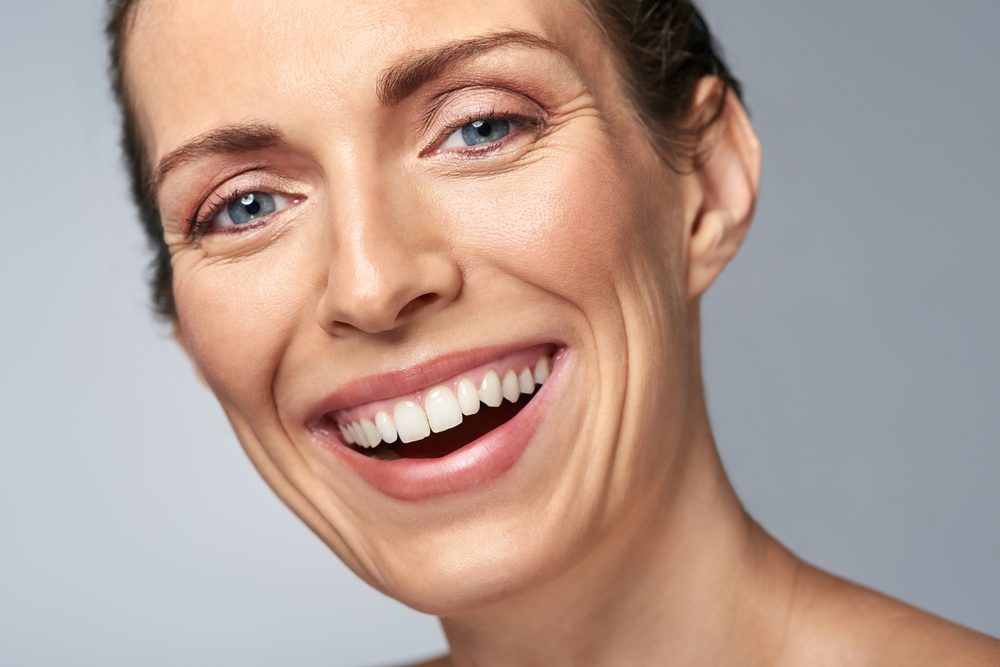
We all know that makeup can clog pores and wearing it underneath a mask can serve to compound the maskne issue. Consider skipping the foundation and lipstick under your mask.
If you don’t like the idea of going makeup-free altogether, stick with bold eye makeup that will highlight the area of your face that can be seen outside of the mask.
Stick with cotton
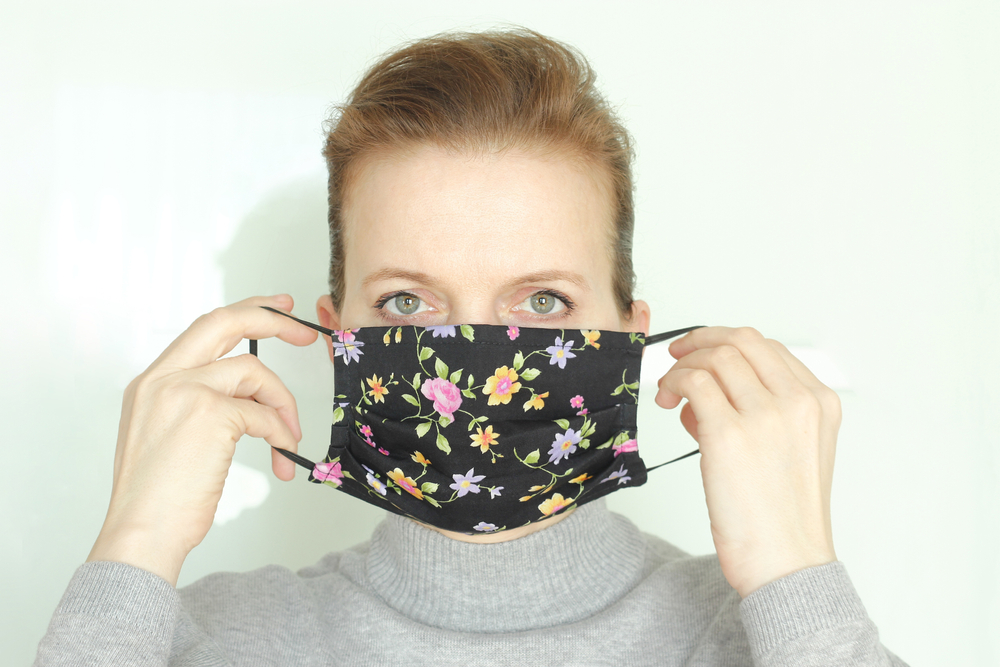
While you obviously don’t want your mask to be so breathable that it doesn’t actually provide any protection, it’s best for your skin to stick with breathable cotton.
A tightly woven or knit cotton mask can be effective at keeping viral particles in or out but is also gentler on your skin. Avoid synthetic fabrics or those that you can noticeably feel moisture inside of while you’re wearing them.
Look for salicylic acid
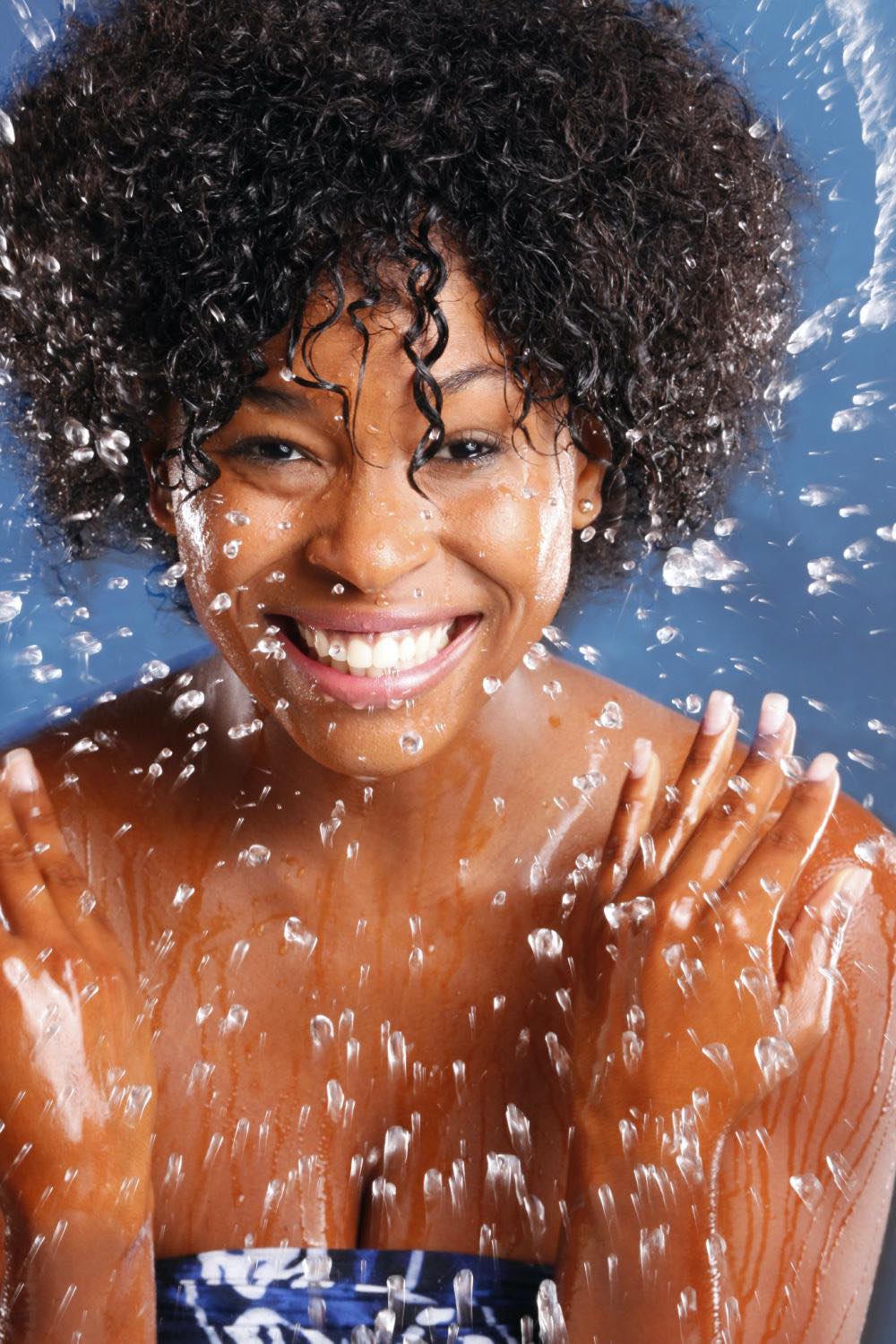
Salicylic acid is the ingredient in facial cleansers that helps unclog pores. If you choose a good quality product that includes salicylic acid, it should sufficiently clean your pores without requiring you to wash any more often.
If your skin is particularly dry, try one that also includes moisturizing ingredients. Just be sure to look for something that is still gentle.
Hyaluronic acid is important too
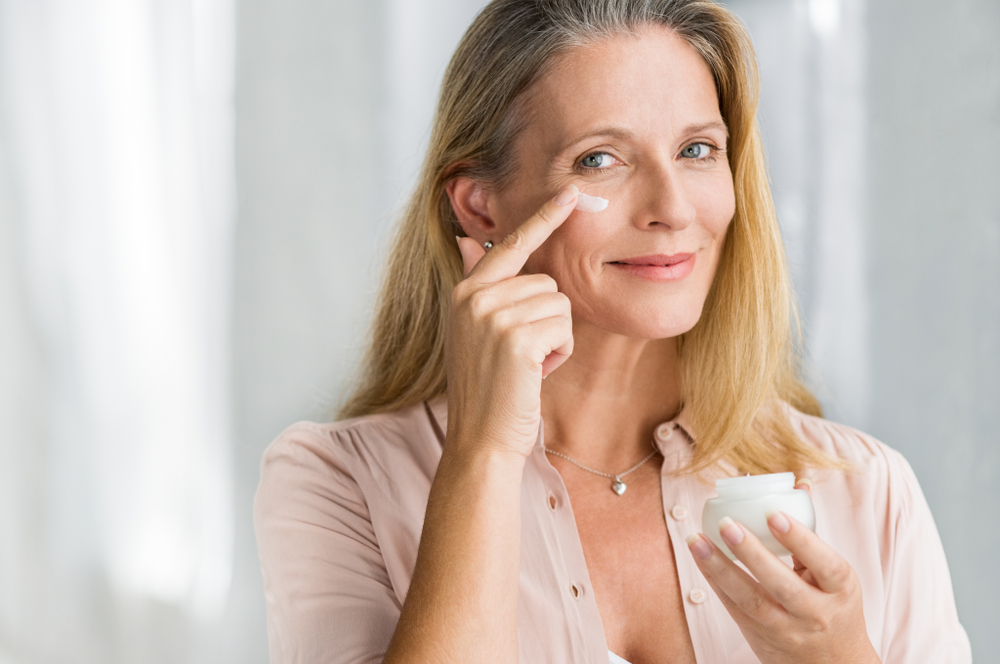
Hyaluronic acid is a super-moisturizing ingredient that can help restore the moisture to your skin that is lost from both the mask fabric rubbing on your face as well as from thorough washing.
Other hydrating ingredients include natural oils like coconut and avocado oils and ceramides. And always moisturize well before donning your mask.
Take breaks from mask wearing

If you wear masks for long periods of time each day, be sure to take a break every few hours to allow your skin some time to breathe.
Remember though, that it’s important to do this only when you are not around other people or can physically distance yourself by six to 10 feet from the people you are with.
This post may contain affiliate links
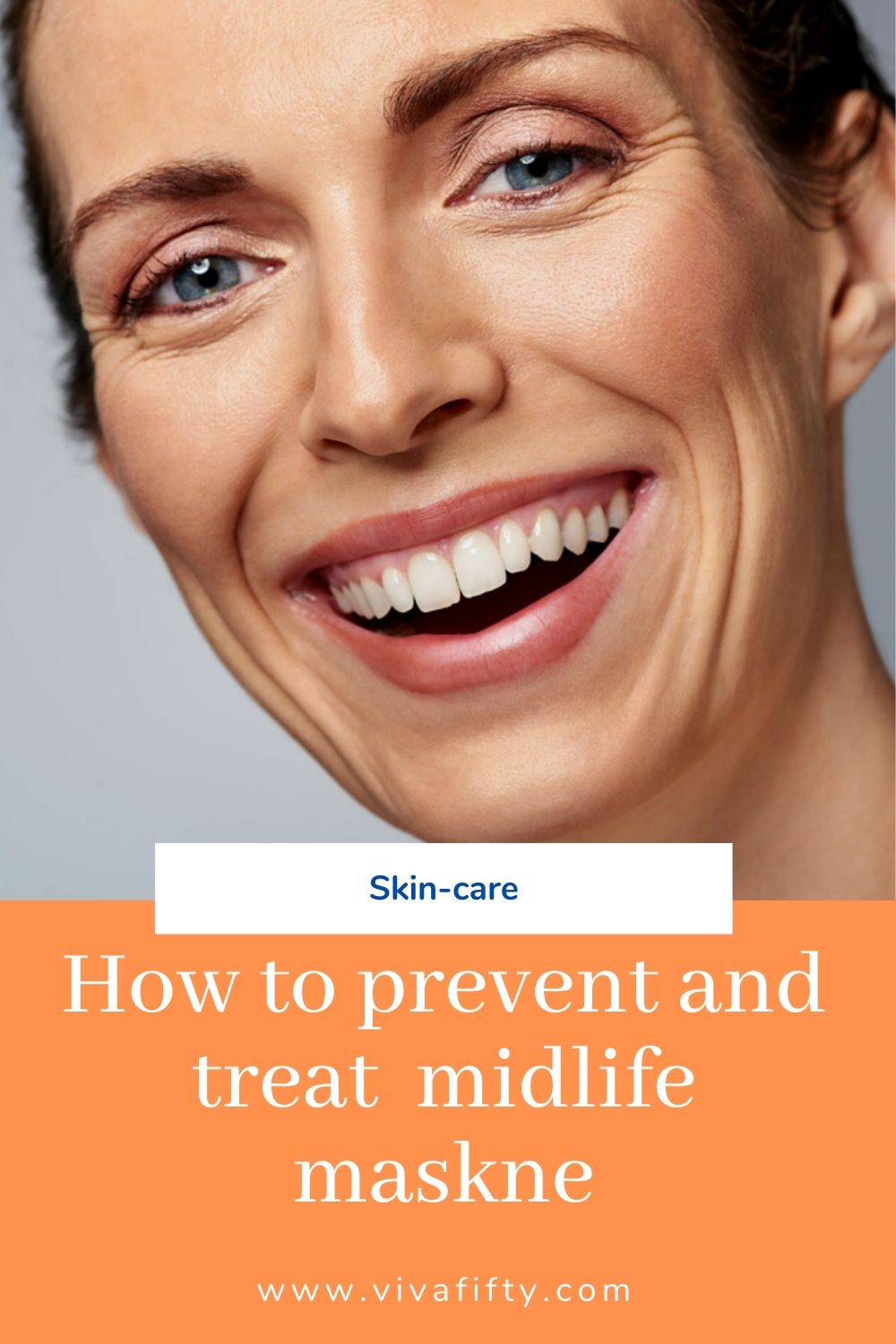

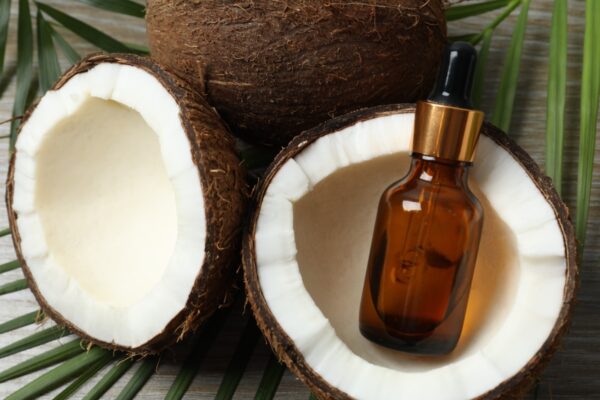
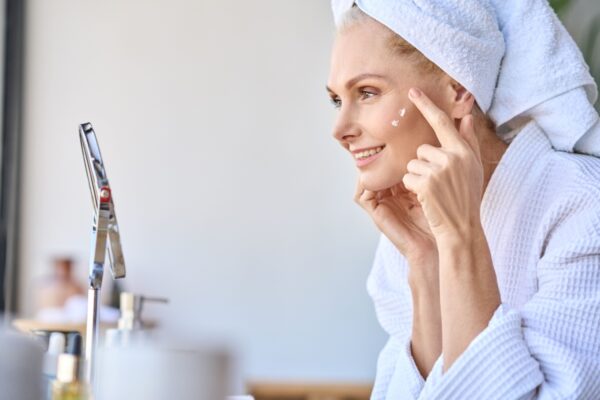
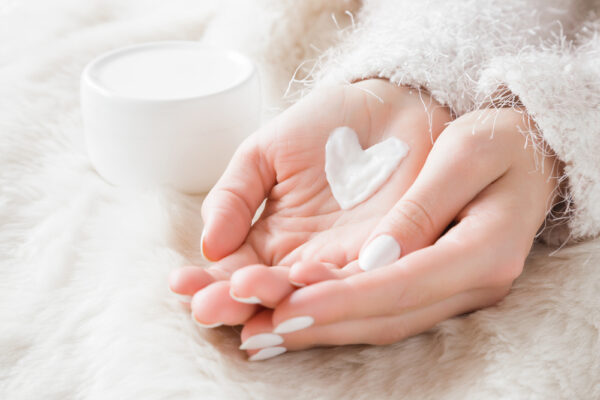
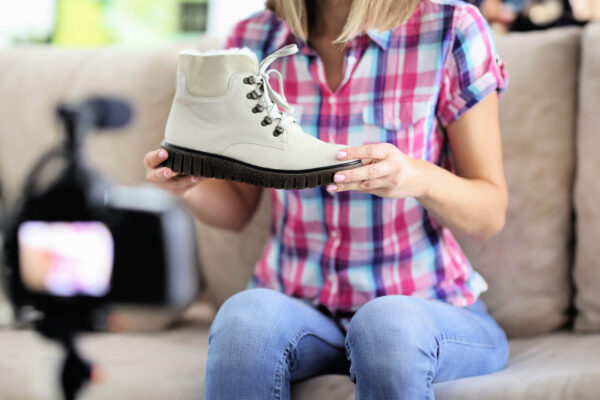
Leave a Reply